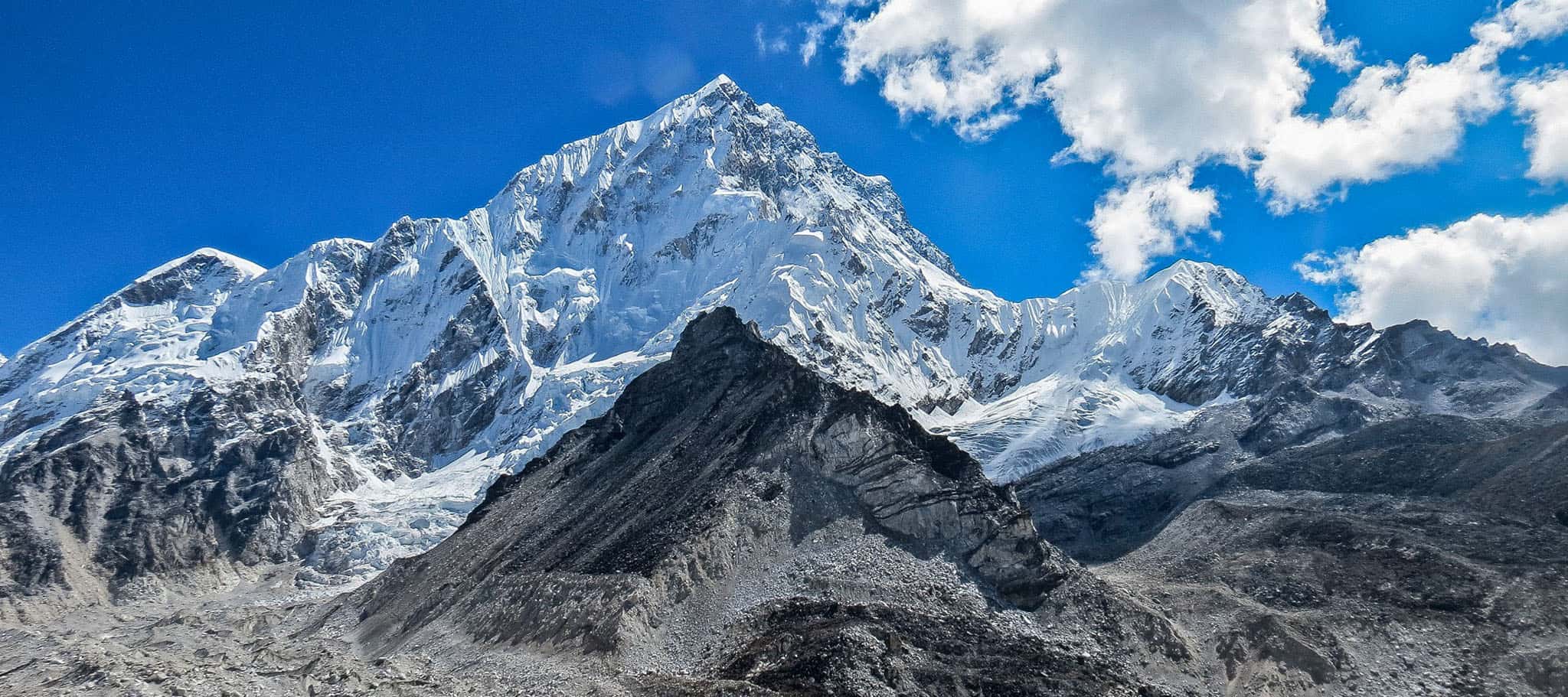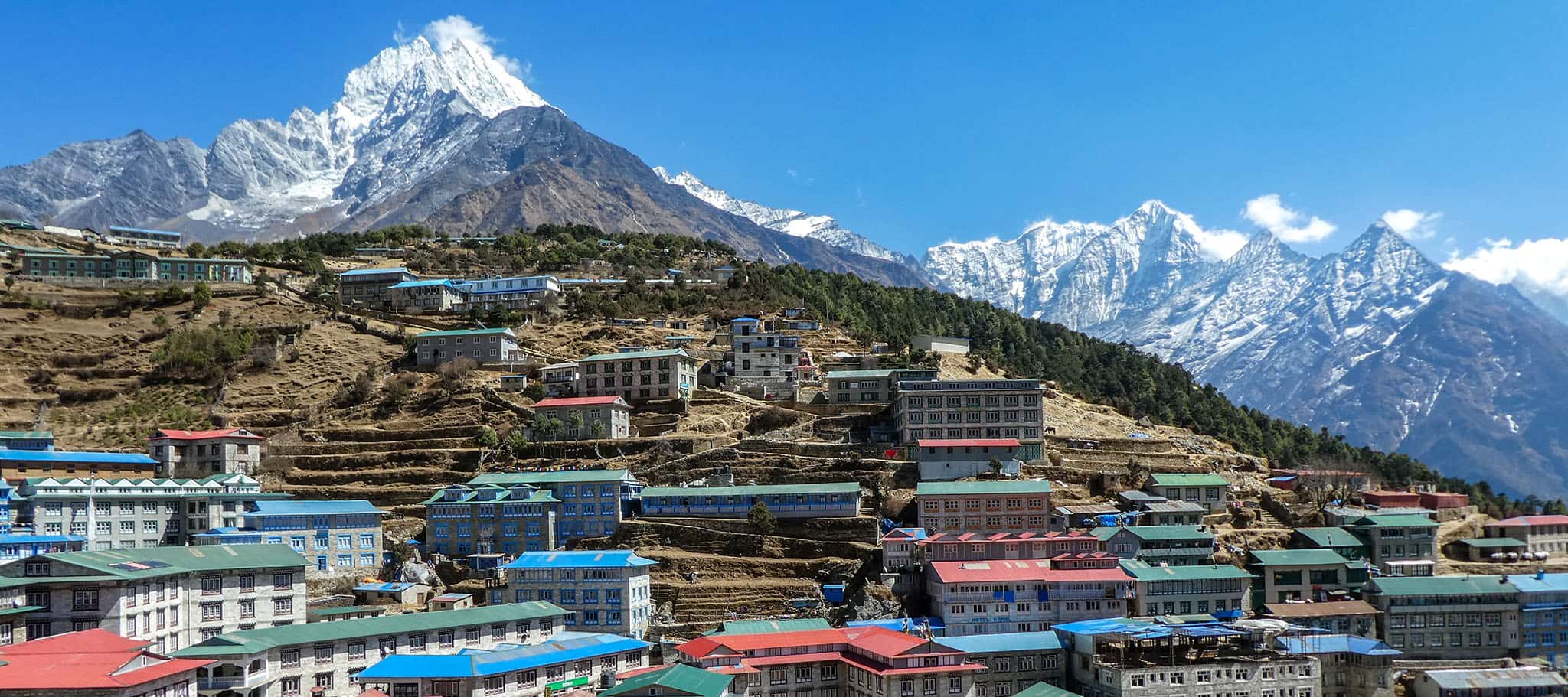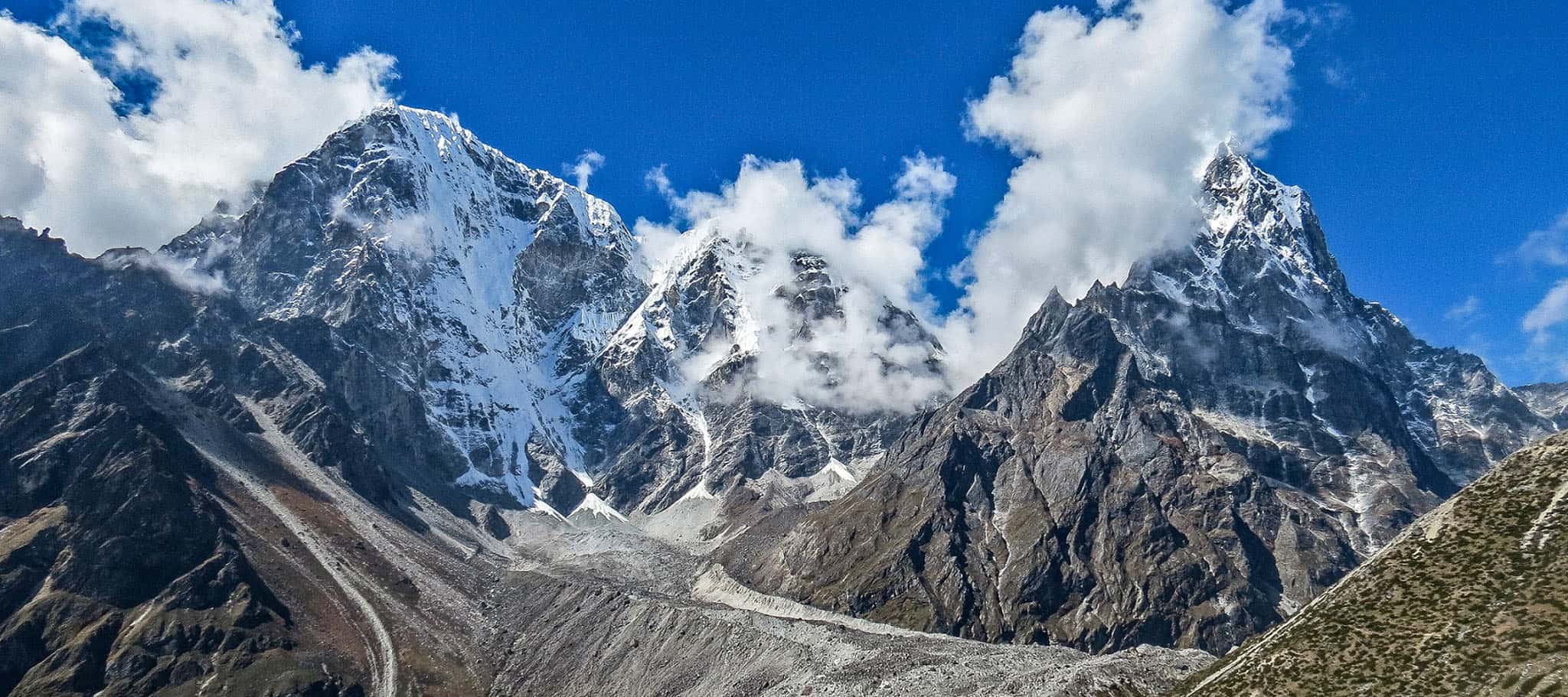







Nepal is a Himalayan country known for the world’s eight highest peaks that include Mt. Everest (8848 m), Mt. Kanchenjunga (8586 m), Mt. Lhotse (8516 m), Mt. Makalu (8463 m), Mt. Cho Oyu (8201 m), Mt. Dhaulagiri (8167 m), Mt. Manaslu (8163 m) and Mt. Annapurna (8091 m).
Nepal is a Himalayan country known for the world’s eight highest peaks that include Mt. Everest (8848 m), Mt. Kanchenjunga (8586 m), Mt. Lhotse (8516 m), Mt. Makalu (8463 m), Mt. Cho Oyu (8201 m), Mt. Dhaulagiri (8167 m), Mt. Manaslu (8163 m) and Mt. Annapurna (8091 m). Nothing on earth can beat the exhilaration of scaling them. Every year more than 600 mountaineers trudge up the Nepal Himalaya to test themselves, knowing the odds are stacked against them. Still they hope they will be rewarded with a triumph by climbing the summit.
Two organizations control climbing expeditions in Nepal. The Ministry of Culture Tourism and Civil Aviation (MoTCA) is responsible for major expeditions and the Nepal Mountaineering Association (NMA) is responsible for trekking peaks.
The Mountaineering Section of the Ministry of Culture Tourism and Civil Aviation issues climbing permit to scale the Nepal Himalayas for all seasons. Certain official documents are required to seek permission for climbing peaks. Around 121 peaks do not require a liaison officer for expeditions
The rules for mountaineering on major peaks require a minimum of six months advance application to the Ministry of Culture Tourism and Civil Aviation for a climbing permit completed application, endorsement of the National Alpine Club, from the country organizing the expedition. Short biographies of all the members of the expedition team (with photograph and signature) map and photograph of the mountain indicating the climbing route and approach route map.